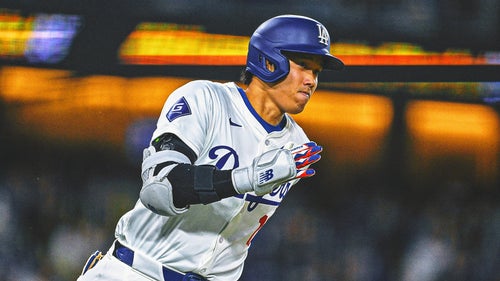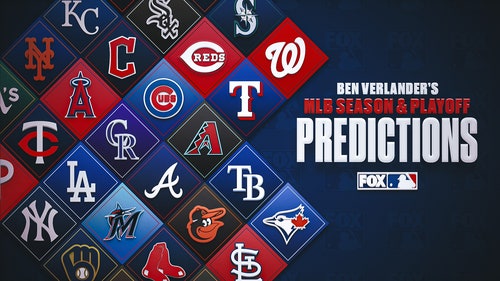





































































































































San Francisco Giants 2017 X-Factors, Part 2: Joe Panik
As is always the case, teams will need players to step up and make huge contributions. For the San Francisco Giants, one of those players is Joe Panik.
Offensively in 2016, the San Francisco Giants were a mostly average team in just about every category (except for home runs). They finished the year 11th in MLB in average, seventh in on-bas percentage, 20th in OPS, 19th in runs scored, and ninth in total hits.
But the team went through long, sustained slumps that seemed to impact their entire lineup all at once. In July, they were 21st in average, 27th in runs, and 15th in OBP. In September, they were 25th in average, 22nd in runs, and 24th in OBP.
As a whole, the Giants’ lineup wasn’t great, but the most notable struggles belonged to second baseman Joe Panik, and it was shocking. Panik proved himself as a fantastic hitter during his first two seasons with a .309/.364/.419 slash-line and over 200 hits in his first 173 games. That guy just was not present in 2016.
In 127 games, he slashed .239/.315/.379, looking like a completely different ballplayer than years prior. A concussion in late June cost him about a month of the season and certainly hampered his performance upon return (his timing was noticeably off when he came back), but he wasn’t himself even before hitting the disabled list on June 28th.
More from Golden Gate Sports
Before going on the shelf, Panik owned a .256/.321/.407 slash-line, a far cry from his normal self but still much better than how he ended the season. He even showed signs of maybe breaking out of the slump, hitting .294 in the 21 games prior to his disabled list stint (a lot of those games occurred after he was beaned on the helmet, which is what eventually put him on the DL). But when he returned on July 28th, it was painfully brutal to watch.
Panik’s second-half slash-line was .215/.308/.340, and it only got worse as the season rolled on. He hit .167 after September 1st, and .129 after September 11th.
But there were a number of good signs that point to 2017 being a bounce-back year for Panik, many of which were outlined previously. Mainly, his strikeout rate and walk rate both show that he didn’t lose his approach much, even through the struggles. His 8.9 percent strikeout rate was the lowest in baseball, while his 9.5 percent walk rate was by far the best mark of his career. Furthermore, Panik was one of just two players (Ben Zobrist) with more walks than strikeouts (50 to 47).
He also hit a career-high 10 home runs, so while he wasn’t squaring up the ball as often, he was driving it more when he did. And if the postseason is any indication, Panik started to find his way in the waning moments of the season. He had six hits in 10 at-bats during the NLDS, including a walk-off double in game three, as well as a pair of walks and a sacrifice fly. And a final point, it would be near impossible for Panik to repeat his .245 BABIP from 2016.
A Panik that is firing on all cylinders is a Panik that can completely change the complexion of the lineup. With him near the top of the order, his bat control and approach to all fields can keep rallies going, or start them altogether. A one-out single by Eduardo Nunez is followed by Panik slashing a hit down the left field, moving Nunez over to third and starting a rally. The Giants immediately go from nothing to something. His ability to work a walk is also a huge benefit to his team.
That kind of presence in the lineup can be the difference between the Giants being a middle-of-the-road offensive team again in 2017 and them being one of the better offenses in the league. A healthy Panik will be the Giants’ offensive x-factor in 2017.

Three reasons why Yankees shortstop Anthony Volpe is breaking out

A brief history of lifetime bans in professional team sports leagues

How Shohei Ohtani has handled the gambling saga: 'He's unflappable'

20 Best pitchers in MLB 2024: Ranking the top 20 starters

2024 MLB predictions by Ben Verlander: Standings, playoffs, World Series

Reuniting Rickey Hill with his ring, 37 years later

Jack Leiter, son of Al, to make major-league debut for Rangers Thursday


Three reasons why Yankees shortstop Anthony Volpe is breaking out

A brief history of lifetime bans in professional team sports leagues

How Shohei Ohtani has handled the gambling saga: 'He's unflappable'

20 Best pitchers in MLB 2024: Ranking the top 20 starters

2024 MLB predictions by Ben Verlander: Standings, playoffs, World Series

Reuniting Rickey Hill with his ring, 37 years later

Jack Leiter, son of Al, to make major-league debut for Rangers Thursday
